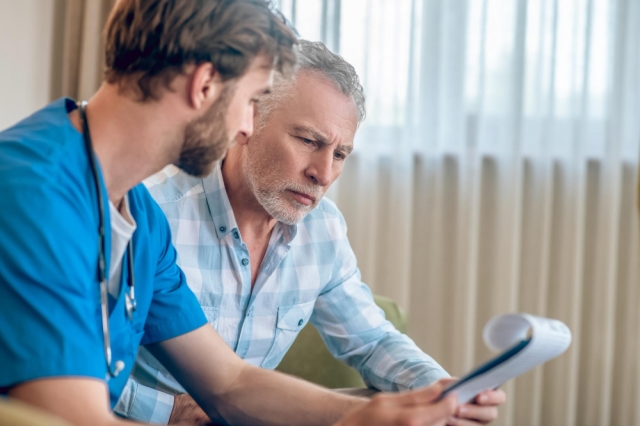As part of treatment and recovery, the role is necessary so that patients can be taken care well by providing compassionately high-quality services. It is important for those aspiring to do the job or just have a better sense of what they may come across when dealing with, how patient care technician job responsibilities looks like. In this post we will take an in-depth look at what a PCT is, their daily duties and the competencies needed for them to be successful.
1. Direct Patient Care
One of the primary responsibilities of a Patient Care Technician is to provide direct care to patients. This involves a range of tasks designed to support patients' physical and emotional well-being.
Key Tasks:
- Assisting with Activities of Daily Living (ADLs): PCTs assist patients with ADL bathing, dressing, grooming, and eating). In addition, this is essential for individuals who may have a tough time moving around and are also recovering from illness or injury.
- Vital Sign Monitoring: Recording and taking patients 'vitals, such as their blood pressure, pulse rate, temperature or breathing. The data assists healthcare providers in tracking the patient's status and determines how best to manage his/her care.
- Providing Comfort and Emotional Support: PCTs offer emotional support to patients by listening to their concerns, providing companionship, and addressing their needs. This aspect of care is important for improving patients' overall experience and mental well-being.
2. Medical and Administrative Tasks
In addition to direct patient care, Patient Care Technicians are responsible for various medical and administrative tasks that support the smooth operation of healthcare facilities.
Key Tasks:
- Assisting with Medical Procedures: PCTs may assist nurses and doctors during medical procedures, such as drawing blood, inserting catheters, or preparing patients for diagnostic tests. While they do not perform these procedures independently, their assistance is vital for ensuring the process runs smoothly.
- Maintaining Patient Records: Accurate documentation is a crucial part of healthcare. PCTs record patient information, including vital signs, observations, and care provided, in medical charts or electronic health records. This documentation is essential for continuity of care and effective communication among the healthcare team.
- Preparing and Managing Medical Equipment: Ensuring that medical equipment is properly sterilized, functional, and ready for use is another important responsibility. PCTs also help set up equipment for procedures and assist with inventory management.
3. Communication and Coordination
Effective communication and coordination are key aspects of the Patient Care Technician's job responsibilities. PCTs must work closely with patients, families, and other healthcare professionals to ensure comprehensive and cohesive care.
Key Tasks:
- Communicating with Healthcare Team: PCTs regularly interact with nurses, doctors, and other members of the healthcare team to relay important information about patients' conditions, changes, and needs. Clear communication is essential for effective care and treatment planning.
- Educating and Advising Patients and Families: PCTs provide information and instructions to patients and their families regarding care procedures, medication administration, and follow-up appointments. Educating patients helps them understand their treatment and participate actively in their care.
- Coordinating Care Activities: PCTs assist in coordinating various aspects of patient care, including scheduling tests, arranging for transport within the facility, and ensuring that patients receive timely and appropriate care.
4. Ensuring Safety and Compliance
Patient Care Technicians are also responsible for maintaining a safe and compliant healthcare environment. Adhering to safety protocols and regulatory standards is essential to protect both patients and healthcare workers.
Key Tasks:
- Following Infection Control Procedures: PCTs must adhere to strict infection control practices, including hand hygiene, using personal protective equipment (PPE), and properly disposing of medical waste. These measures help prevent the spread of infections and ensure a safe environment for patients and staff.
- Adhering to Safety Protocols: Ensuring patient safety involves following established protocols for handling equipment, managing hazardous materials, and responding to emergencies. PCTs must be familiar with these protocols and act promptly in case of incidents.
These are but a few of the many things patient care technicians and others work hard together to provide important health services. PCT lay a critical role in contributing to outcomes for patient care,(from caring directly, doing supporting medical activities or communication and coordination as well as safety. It requires a mix of technical skills, empathy and social sensitivity. This incorporates a good foundation in patient care which can be applied through actually performing these tasks and excelling at it, whether pursuing this field as career or just aiming to excel performance within the healthcare profession.






